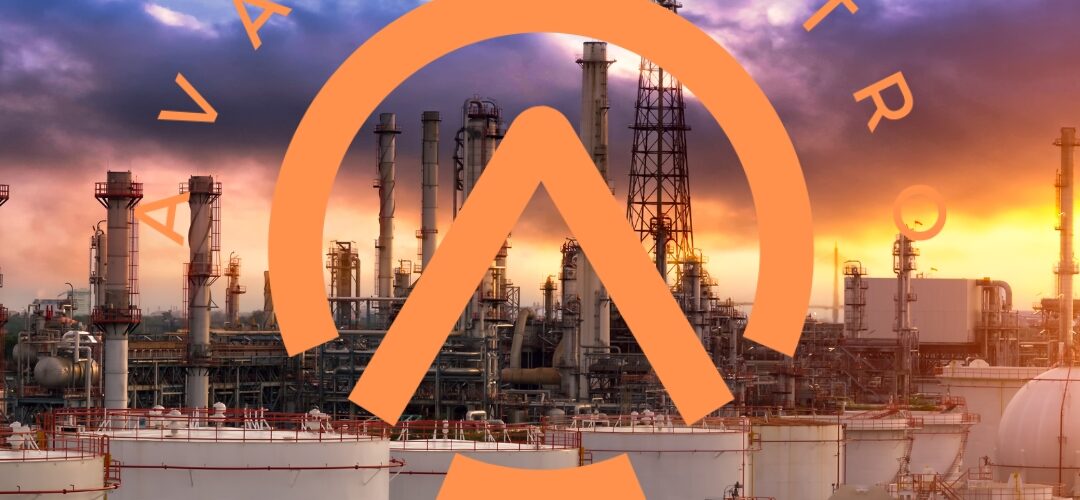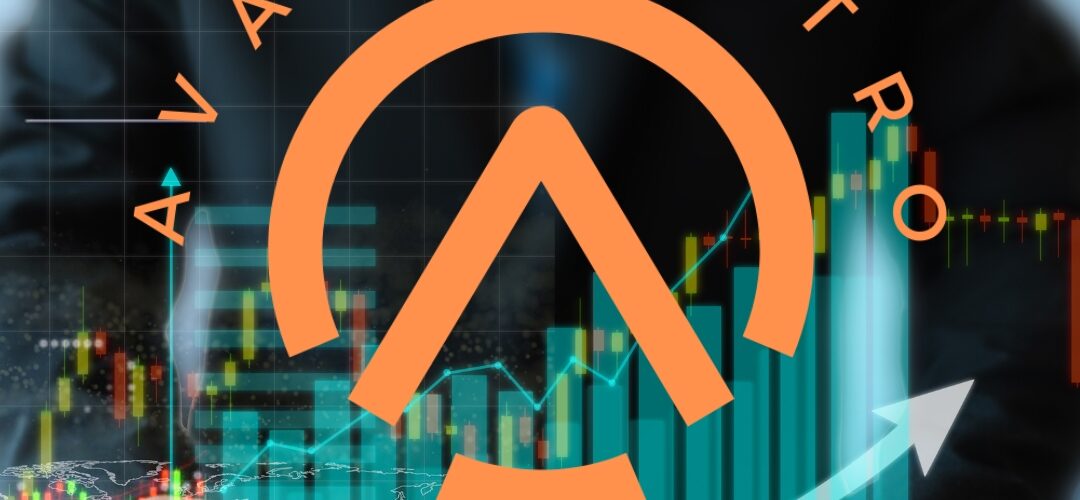Future of Petrochemical Industry: A Bright Horizon
Introduction
The petrochemical industry plays a pivotal role in our daily lives, providing essential materials for countless products. In this article, we delve into the exciting journey that lies ahead for the Future of Petrochemical Industry. Let’s explore the industry’s growth, innovations, and challenges.
The Present Landscape
Understanding the petrochemical industry’s current status is vital for predicting its future.
The petrochemical sector is currently a cornerstone of the global economy, encompassing the production of a wide range of products, including plastics, chemicals, and fuels. However, it faces multiple challenges, from sustainability concerns to volatile raw material prices.
Innovation and Sustainability
Innovation is the key to the future of the petrochemical industry.
To secure a sustainable future, the industry is focusing on research and development. Innovations in green chemistry, recycling, and carbon capture are reshaping the industry, making it more environmentally friendly.
Technology-Driven Advancements
Technology is reshaping the petrochemical landscape.
From artificial intelligence and automation to advanced materials, technology is transforming the way petrochemicals are produced. These advancements not only improve efficiency but also reduce environmental impacts.
Emerging Markets
The petrochemical industry’s growth is not limited to established markets.
Emerging economies are becoming significant players in the industry. With increased consumption and industrialization, these regions offer vast opportunities for growth and investment.
Petrochemicals in Daily Life
Petrochemicals are ubiquitous in our lives.
From the packaging of our food to the materials in our cars and smartphones, petrochemicals are everywhere. Understanding their role in our daily lives is crucial when considering their future.
Environmental Responsibility
Sustainability and environmental responsibility are top priorities.
The petrochemical industry is actively working to reduce its carbon footprint, embracing circular economy principles and reducing waste.
The Future of Petrochemical Industry
What can we expect from the future of the petrochemical industry?
The future promises new materials, advanced recycling techniques, and sustainable practices that will revolutionize the way we perceive petrochemicals.
Industry Challenges
While the future is promising, the petrochemical industry still faces challenges.
Securing a stable supply of raw materials, navigating regulatory changes, and maintaining a positive public image are among the hurdles that the industry must overcome.
Future of Petrochemical Industry
The heart of our discussion: what does the future hold for the petrochemical industry?
The petrochemical sector is evolving rapidly, with a focus on sustainability and innovation. With the advent of new technologies and growing global demand, it is poised for remarkable growth and transformation.
FAQs
Q: How is technology impacting the petrochemical industry?
A: Technology is driving efficiency and sustainability in the petrochemical sector. Automation, data analytics, and green innovations are changing the way petrochemicals are produced.
Q: What are the key challenges the petrochemical industry faces?
A: Challenges include securing raw materials, adhering to environmental regulations, and improving public perception due to environmental concerns.
Q: How are emerging markets contributing to the industry’s future?
A: Emerging markets are becoming major consumers and producers of petrochemicals, driving global industry growth.
Q: Why is sustainability important in the petrochemical industry?
A: Sustainability is essential to minimize environmental impact and ensure the industry’s long-term viability.
Q: What role do petrochemicals play in our daily lives?
A: Petrochemicals are essential in the production of everyday items, from plastics to pharmaceuticals.
Q: How is the industry addressing its environmental responsibilities?
A: The industry is actively adopting sustainable practices, reducing waste, and minimizing its carbon footprint.
Conclusion
The future of the petrochemical industry is bright, characterized by innovation, sustainability, and technological advancements. As emerging markets join the global stage, and as the industry embraces its environmental responsibilities, we can expect a petrochemical sector that not only meets our daily needs but also ensures a healthier planet for generations to come.










